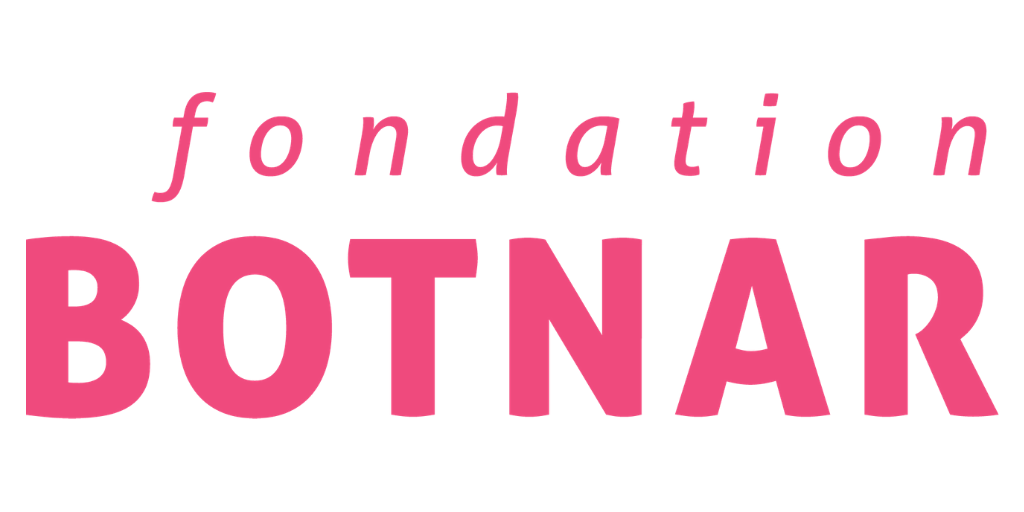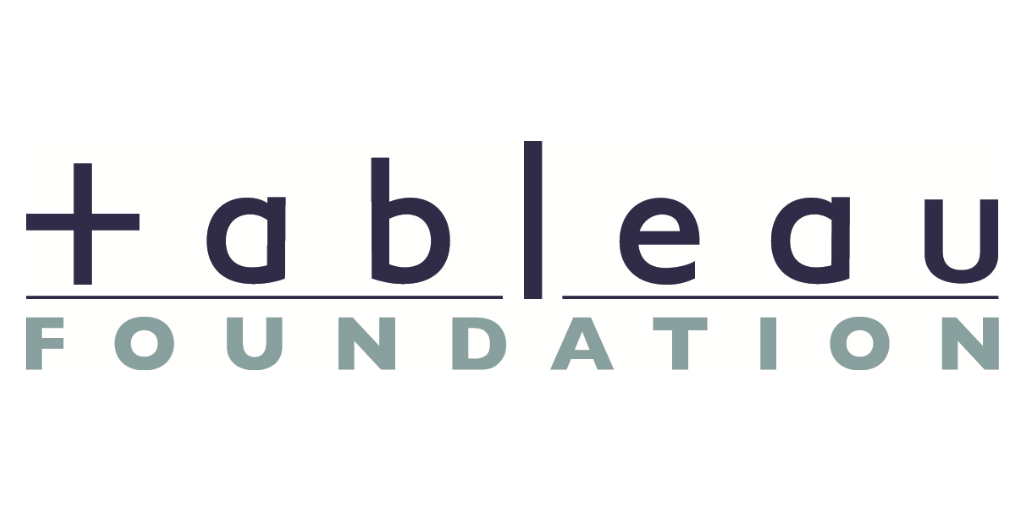The Principles of Donor Alignment for Digital Health
In the last decade, there has been an unprecedented shift in demand for health data and a recognition of the value of data to improve health outcomes for people in low- and middle-income countries. To meet this demand, developing countries began to advance and improve their national data systems. Increasingly, data previously locked in paper systems are now available electronically for distribution and analysis at all levels, a growing body of digital health global public goods is available, and human capacity in low- and middle- income countries to manage digital tools allows countries to think more ambitiously about how to utilize data.
These advances are even more remarkable given the high degree of fragmentation, duplication, and lack of interoperability that characterize many developing country digital health systems. We are now at an inflection point where significant advances to enable improved health, economic and gender equity, and achievement of the Sustainable Development Goals will require greater coordination among donors that fund digital systems.
It is essential and urgent for donors to align their investments to country digital health strategies that are in support of national health strategies. This is required to enable countries to pursue an integrated approach to strengthening health systems, to enhance and extend the delivery of quality health services, and to improve data (and the capacity to use it) for improved health outcomes.
While adhering to the Principles for Digital Development and working through existing global and regional efforts, donors will:
1. Collaborate

Collaborate to align investment with national digital health strategies.
2. Prioritise national plans

Prioritise investments in national plans that incorporate “digital global goods” and avoid bespoke systems.
3. Quantify costs

Engage early to determine and quantify long-term costs of operating, maintaining, and supporting digital health systems for sustainable country ownership.
4. Track & measure

Track investments, progress, learnings and successes in digital health systems in a transparent manner.
5. Strengthen donor skills

Strengthen donor technical skills and core capacities, including awareness of the Principles for Digital Development.
At the same time, donors will invest in:
6. National strategies

The creation and evolution of a country’s national digital health strategy, policies and regulatory framework. Strategies include components such as architecture, standards, investment frameworks, privacy protection, and detailed operational and monitoring plans.
7. Maturity continuum

Systems at a level appropriate to the country’s progress along the digital health maturity continuum.
8. Country capacity

Sustainable country capacity for digital health leadership, governance, implementation, oversight, global good adoption, and donor coordination.
9. Global goods

Scalable, sustainable, accessible, interoperable, and evidence-based digital health global goods that meet country priorities.
10. Sharing and peer-learning

Diverse stakeholder information-sharing and peer-learning networks at country and regional levels to foster coordination and alignment of implementation activities.
































